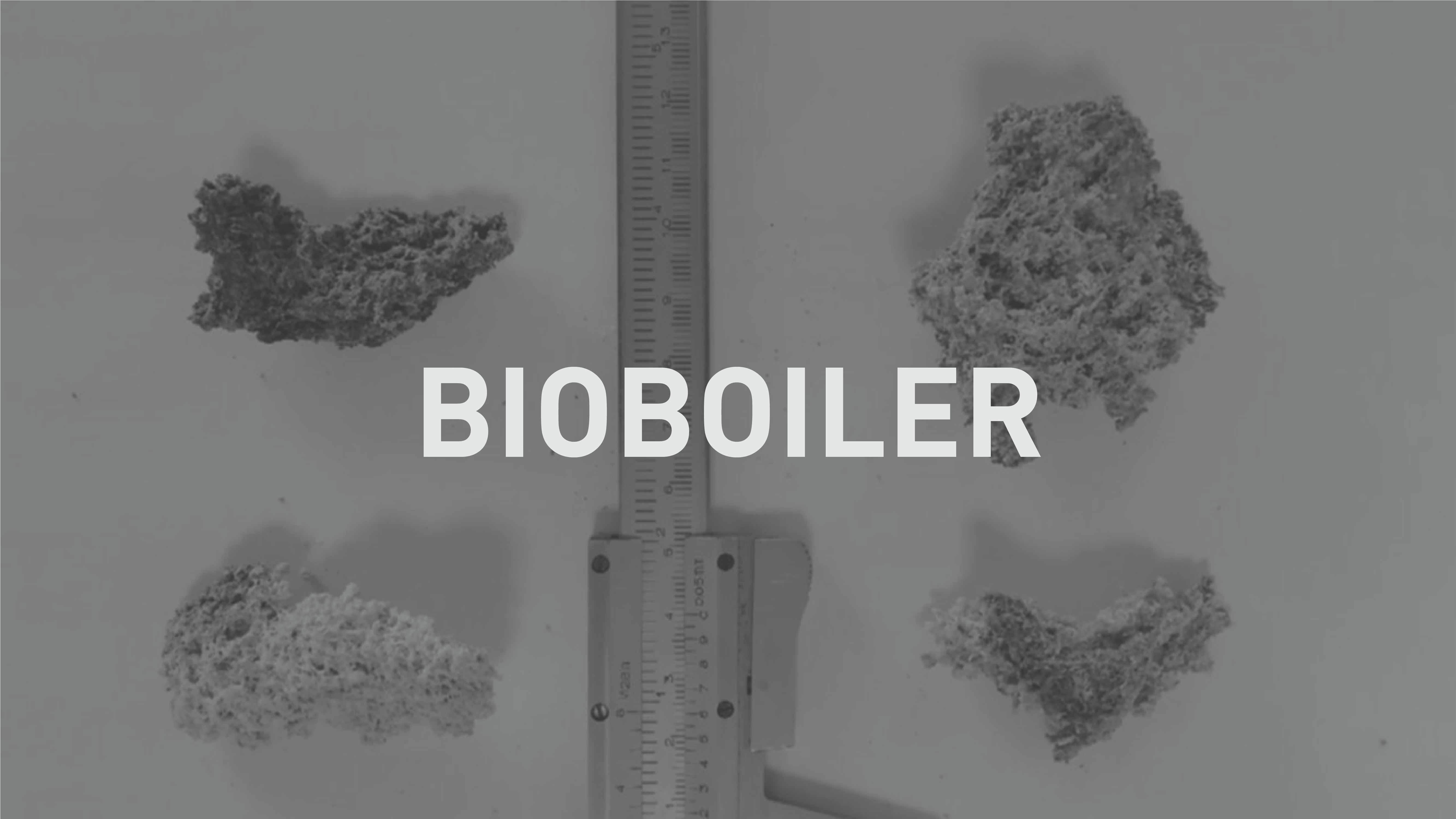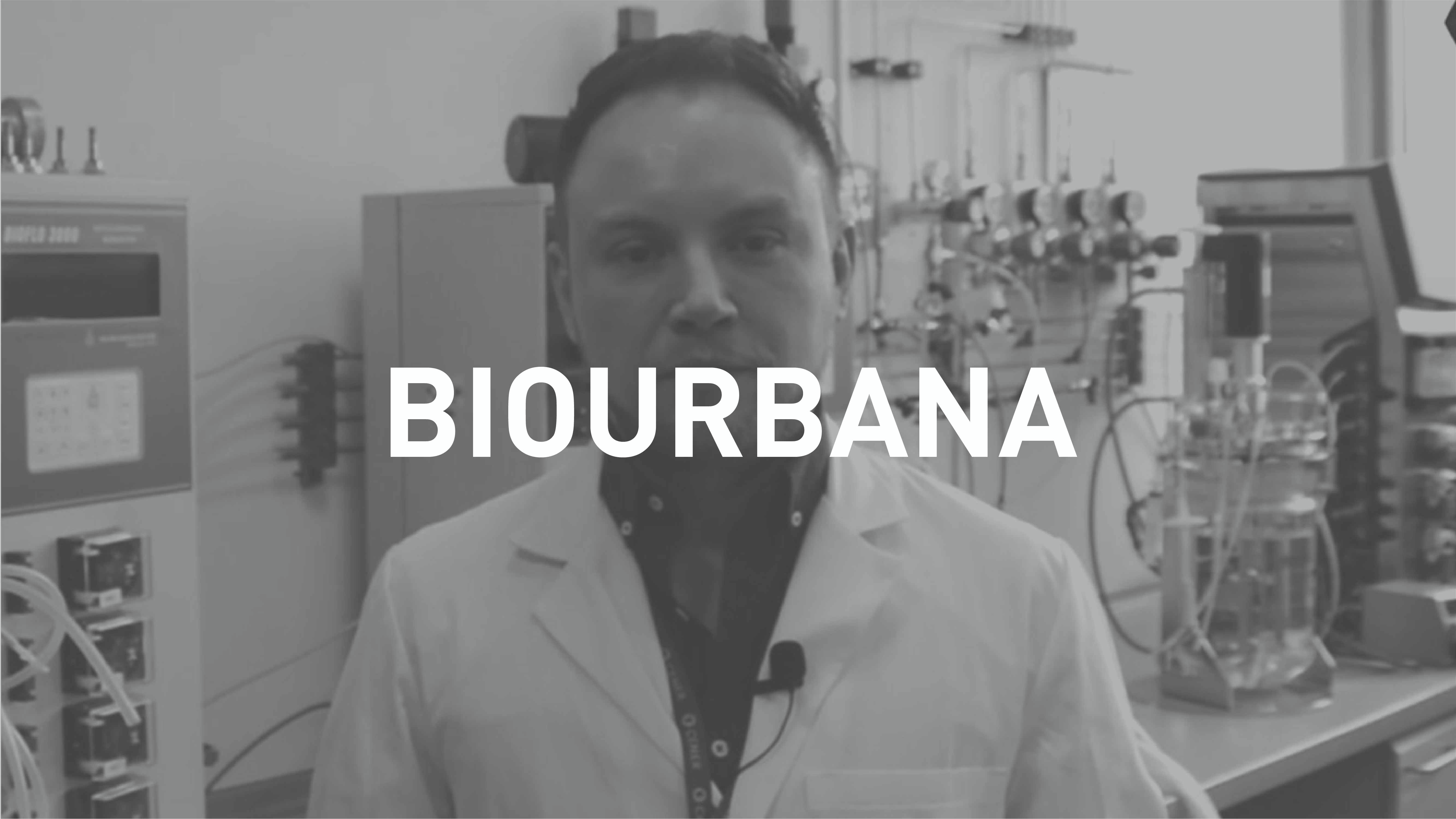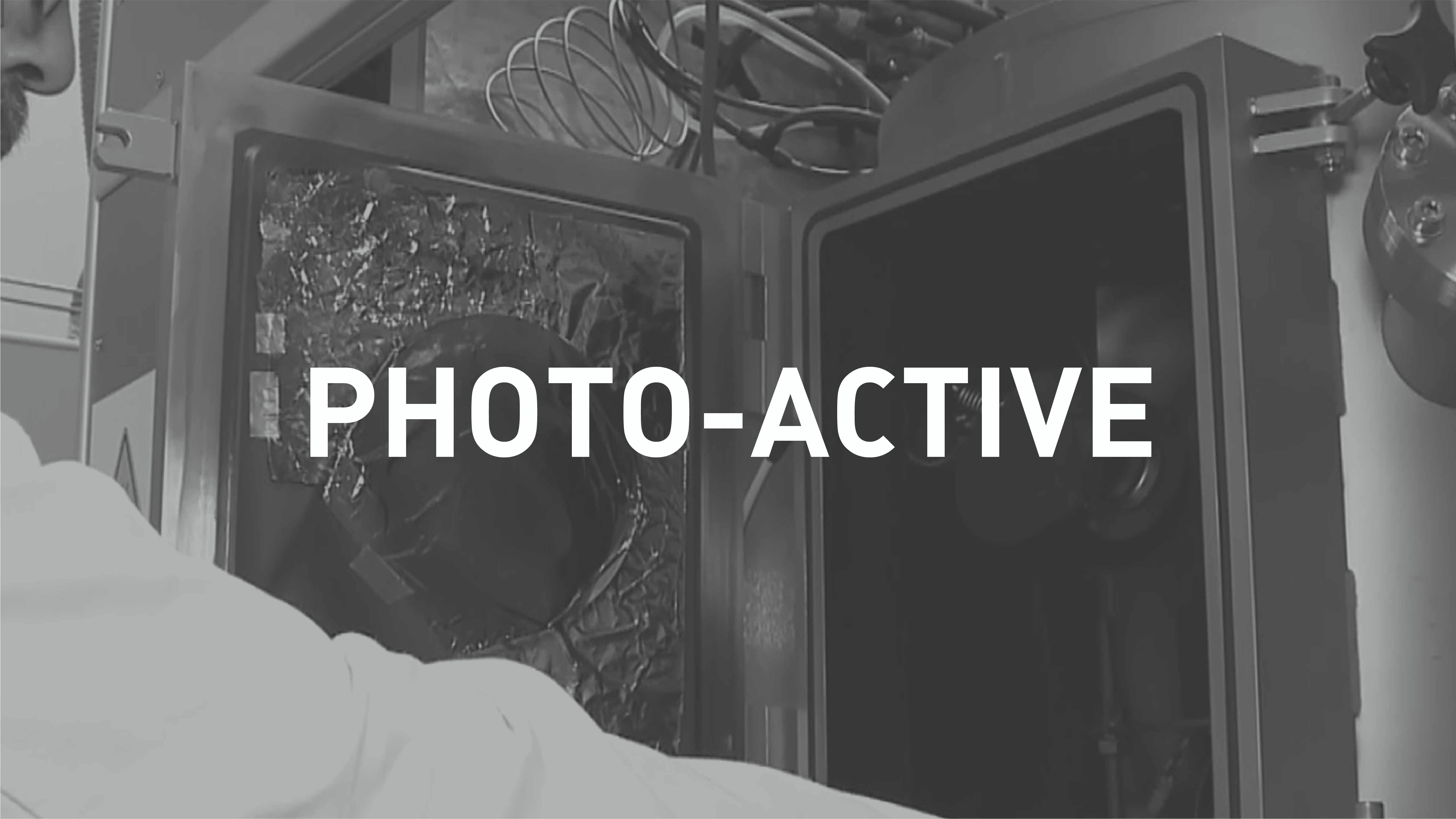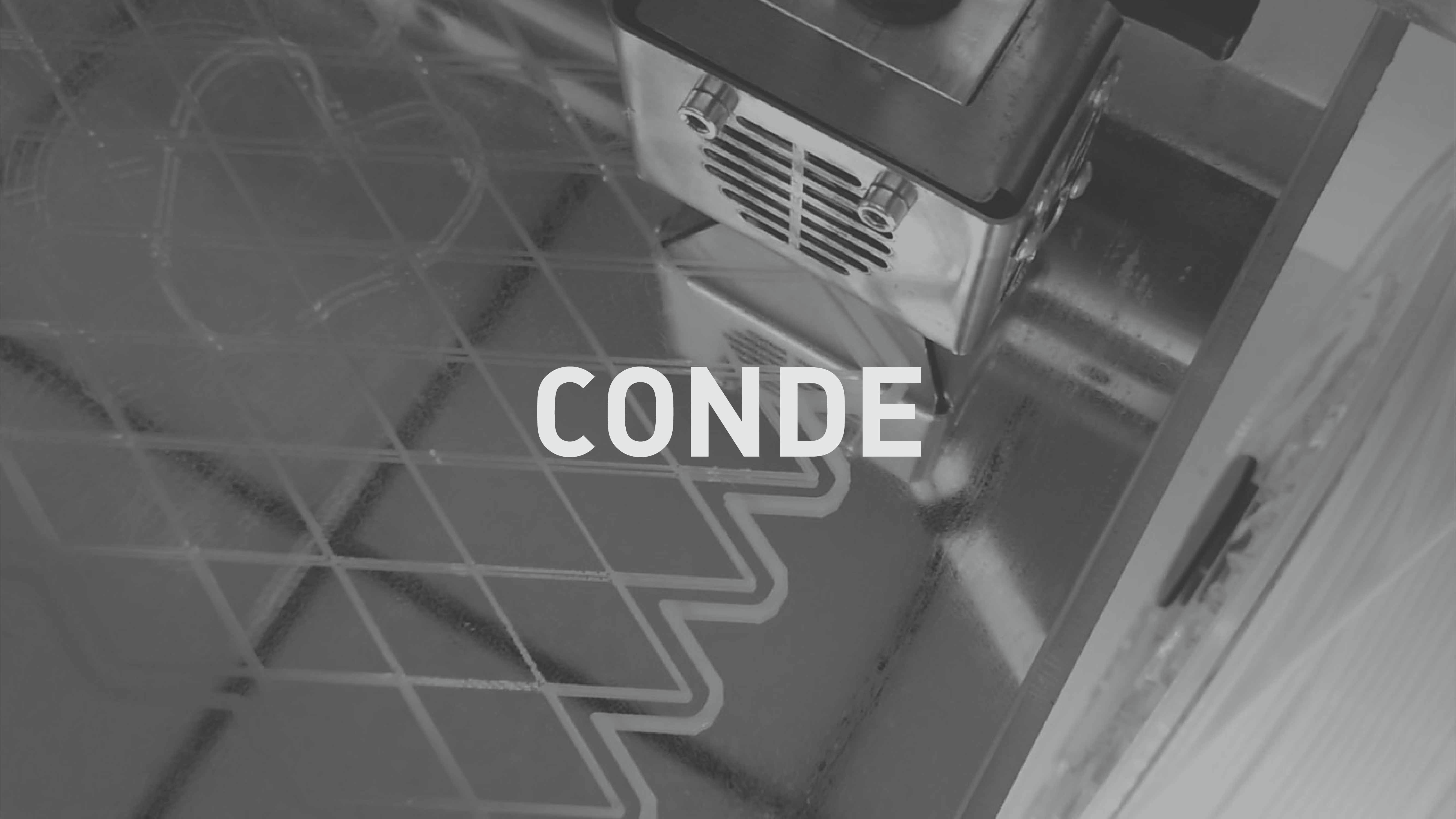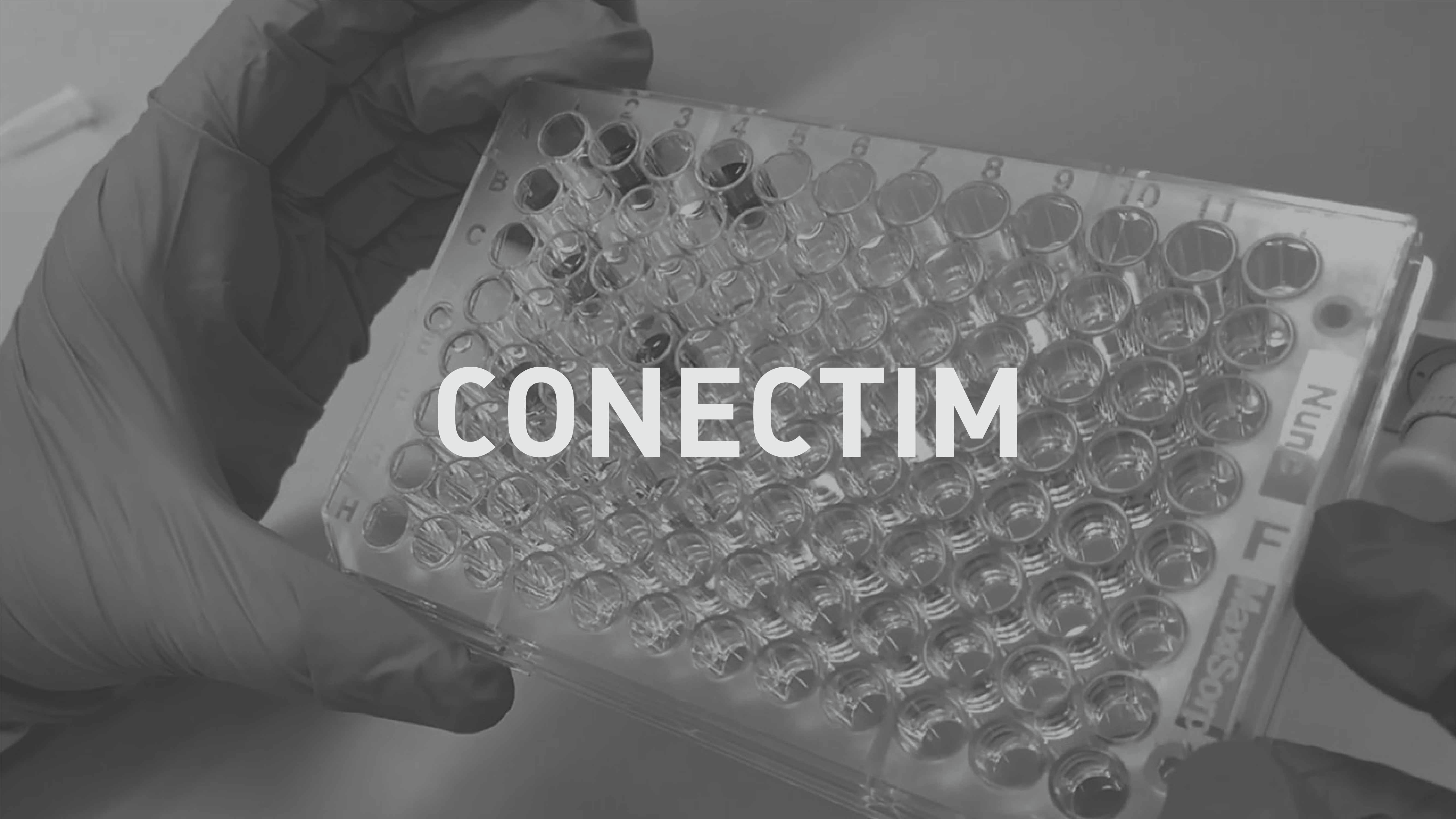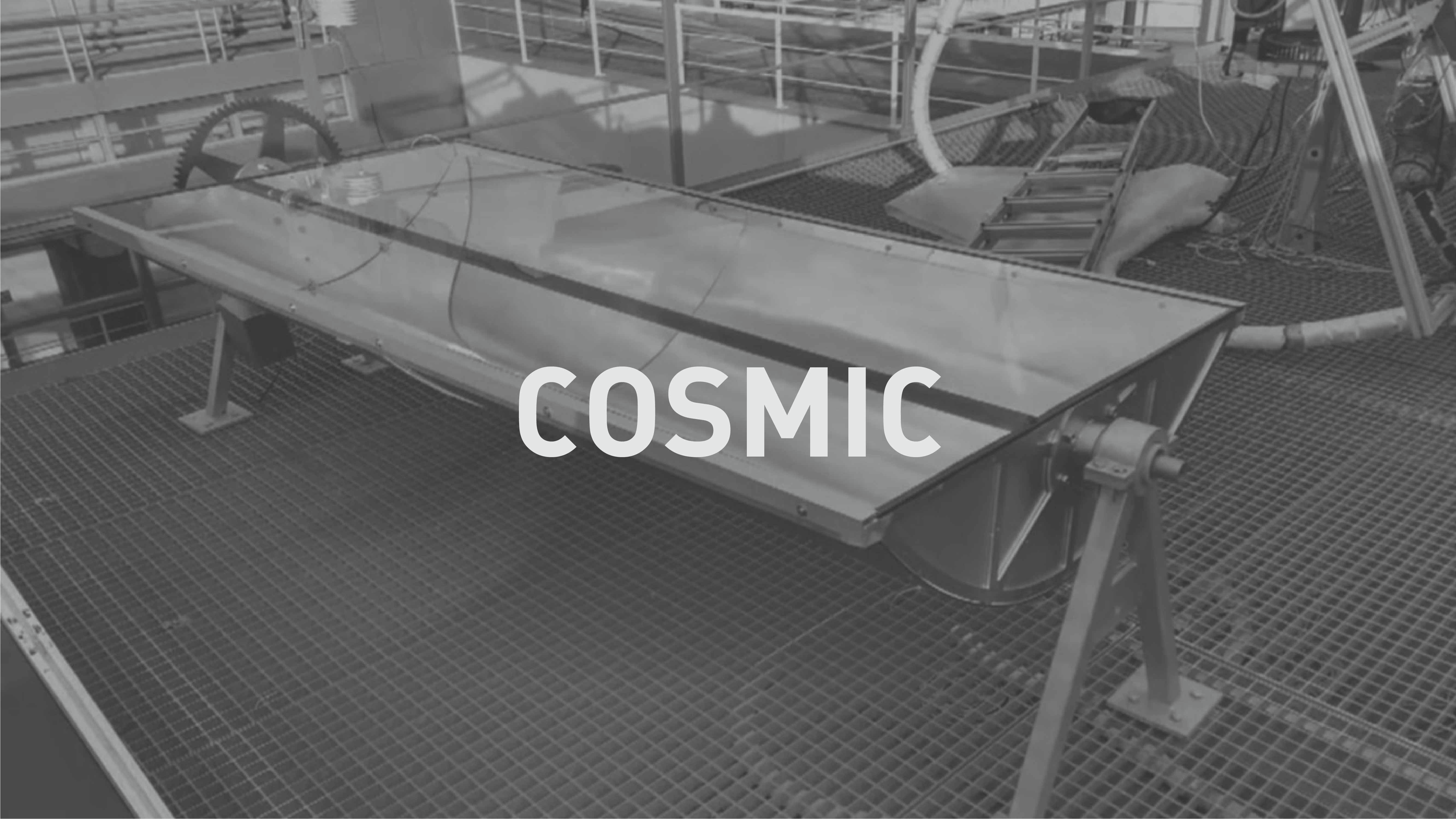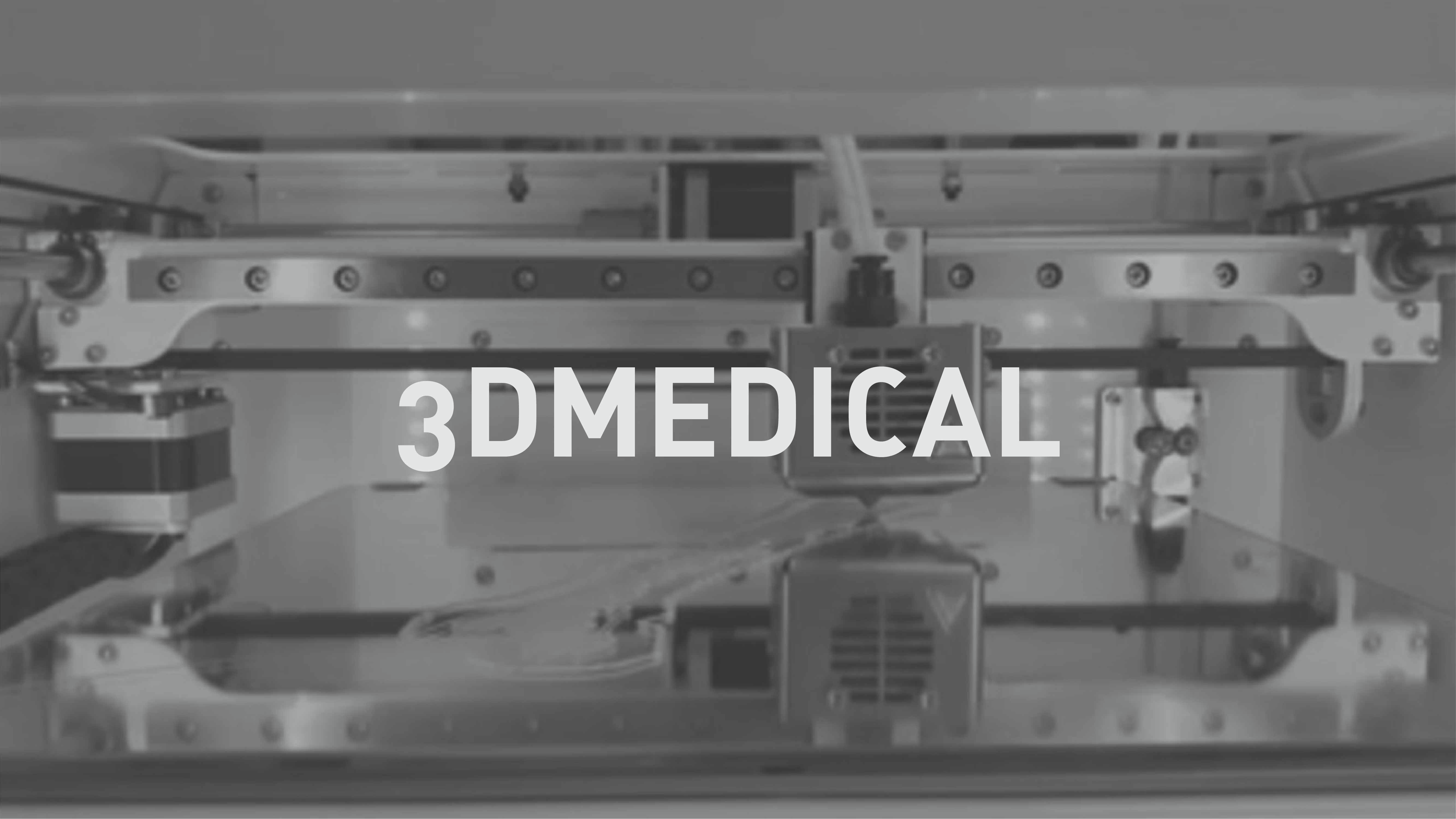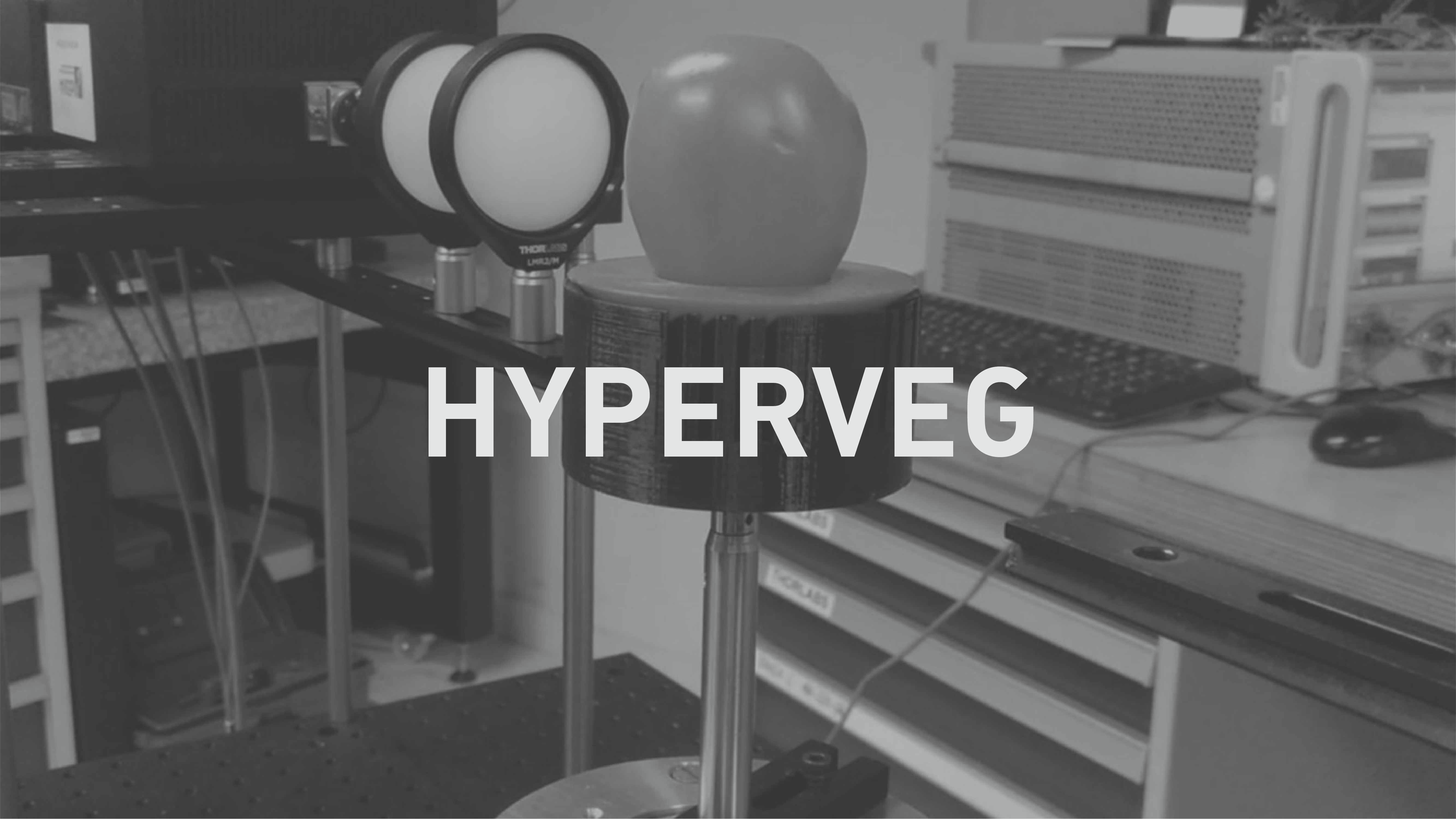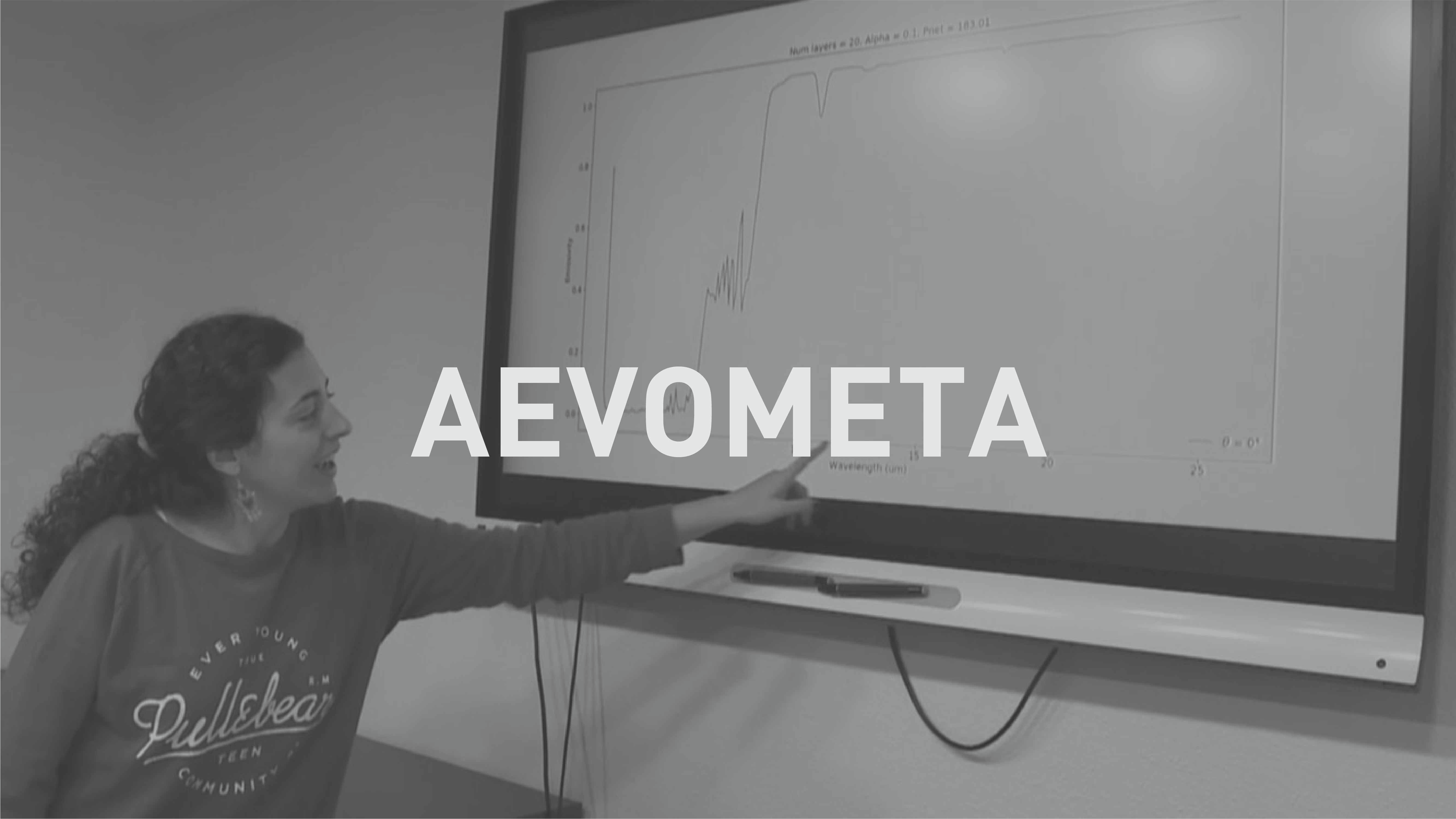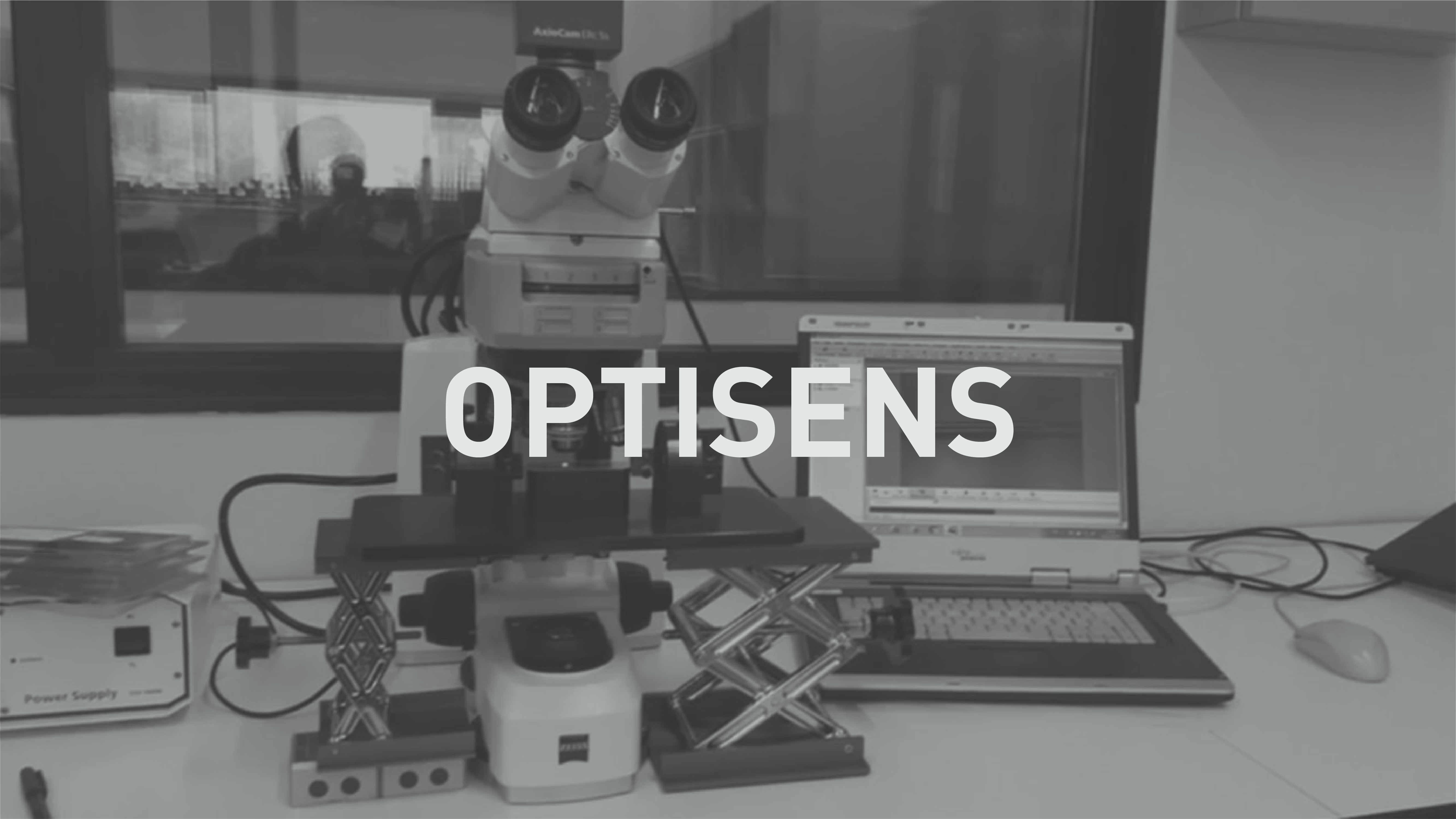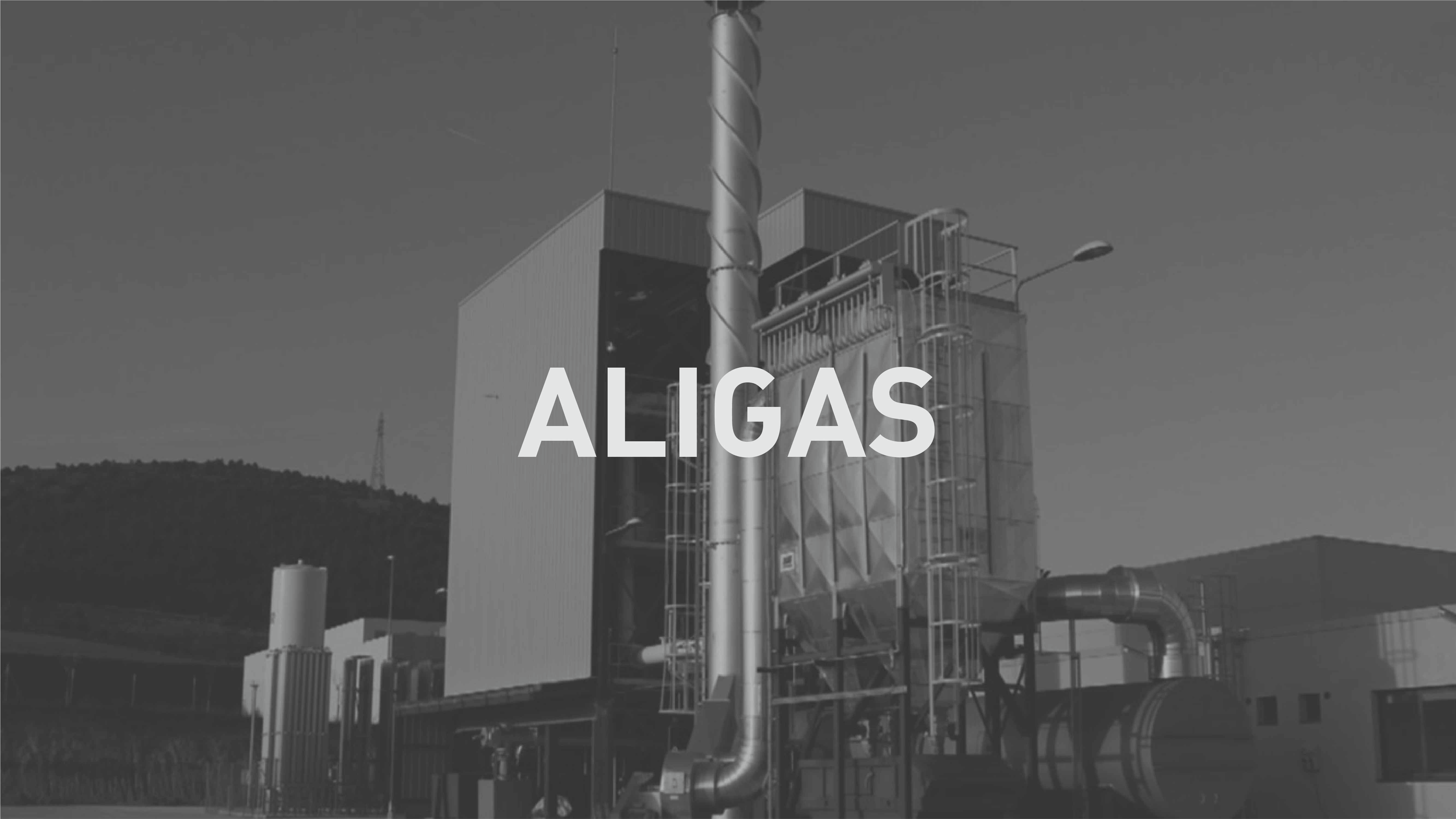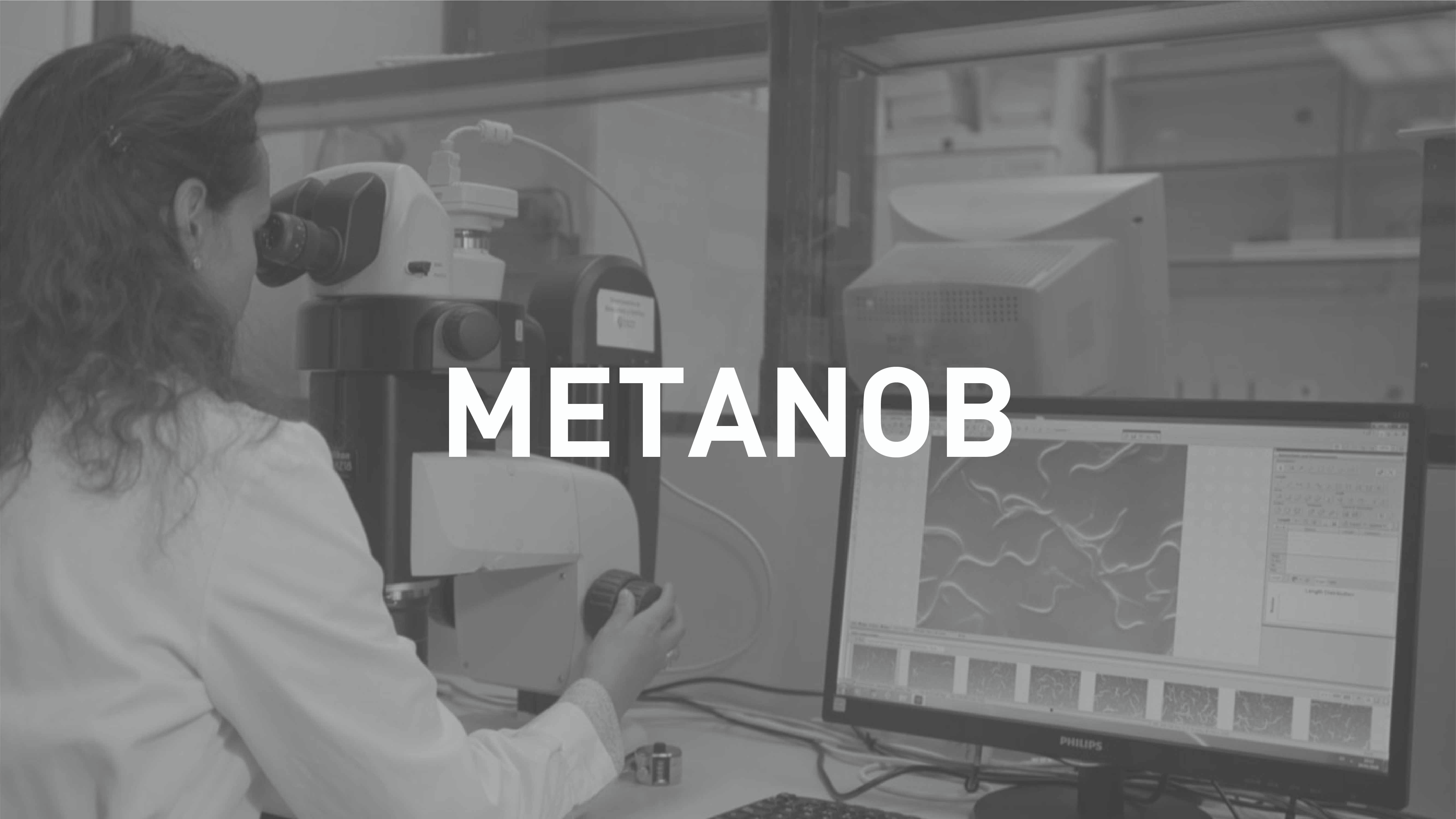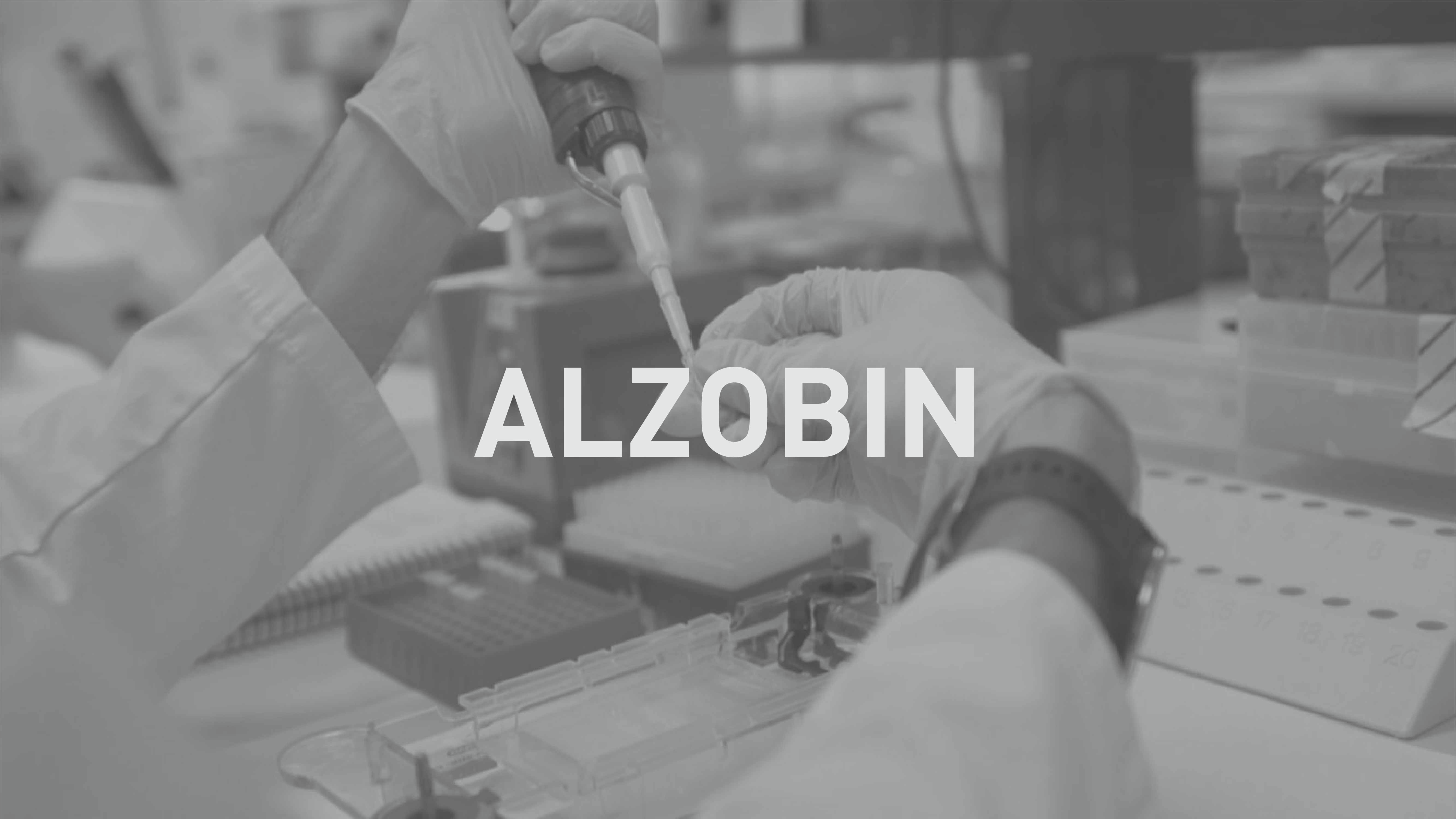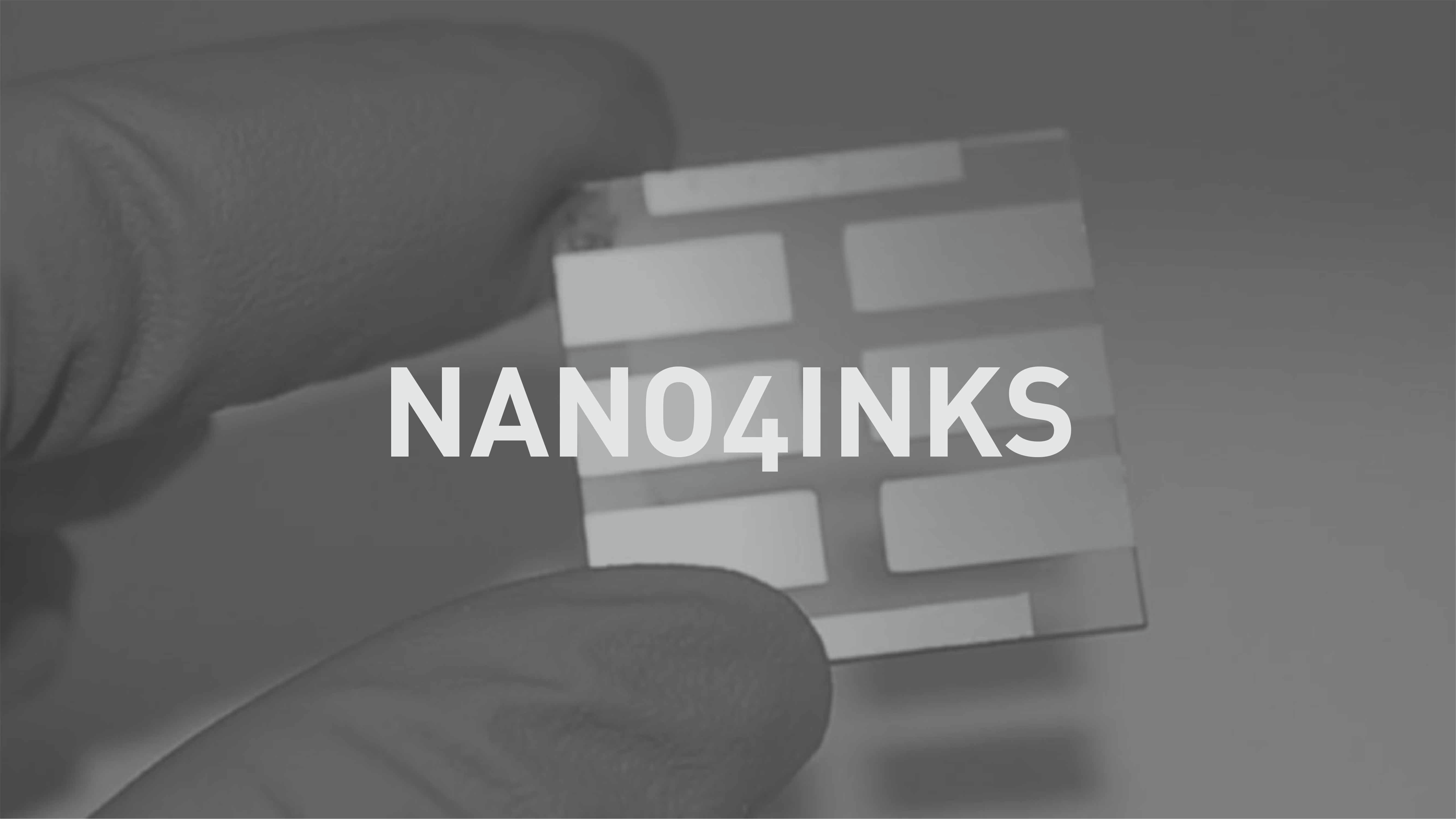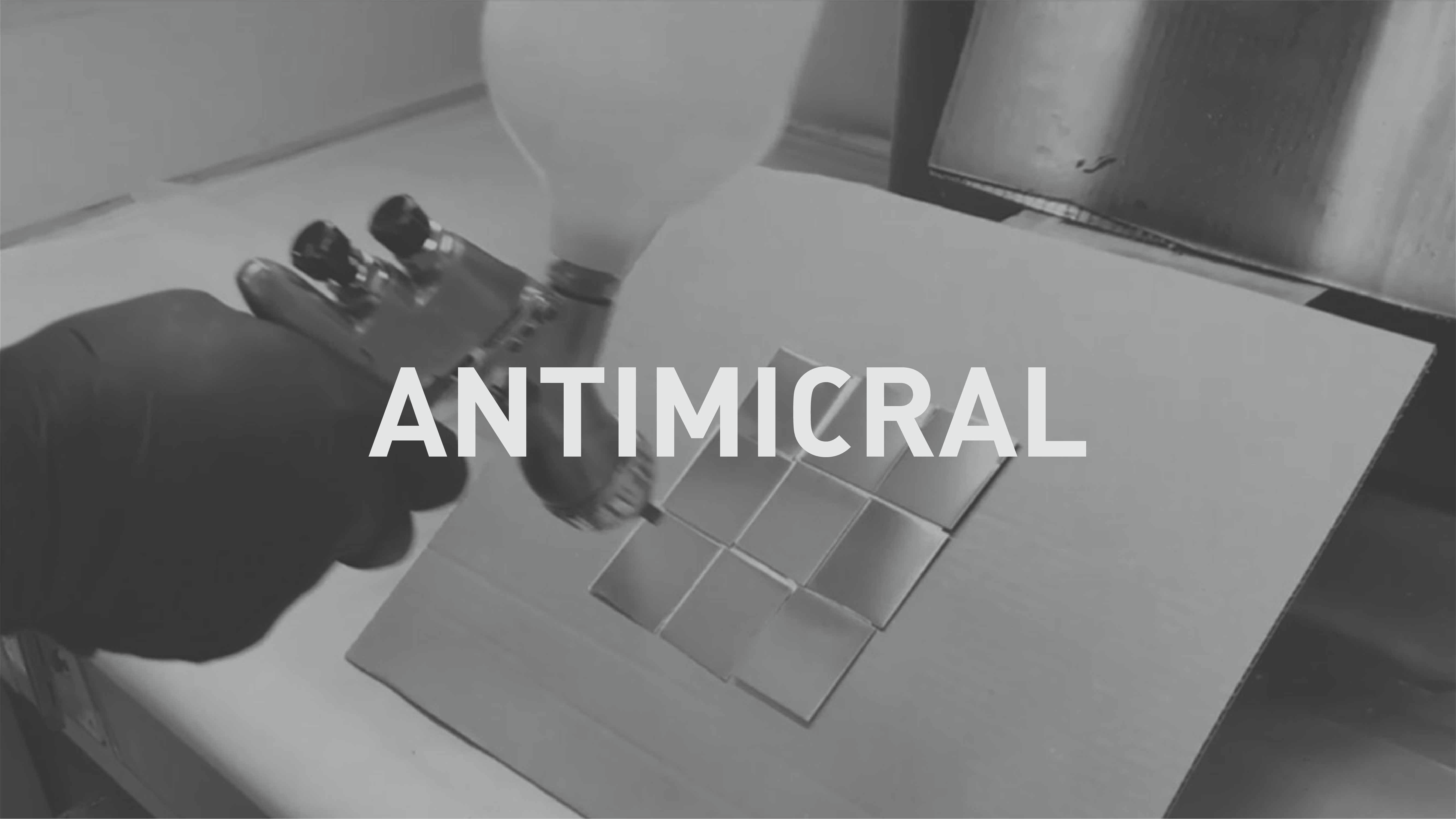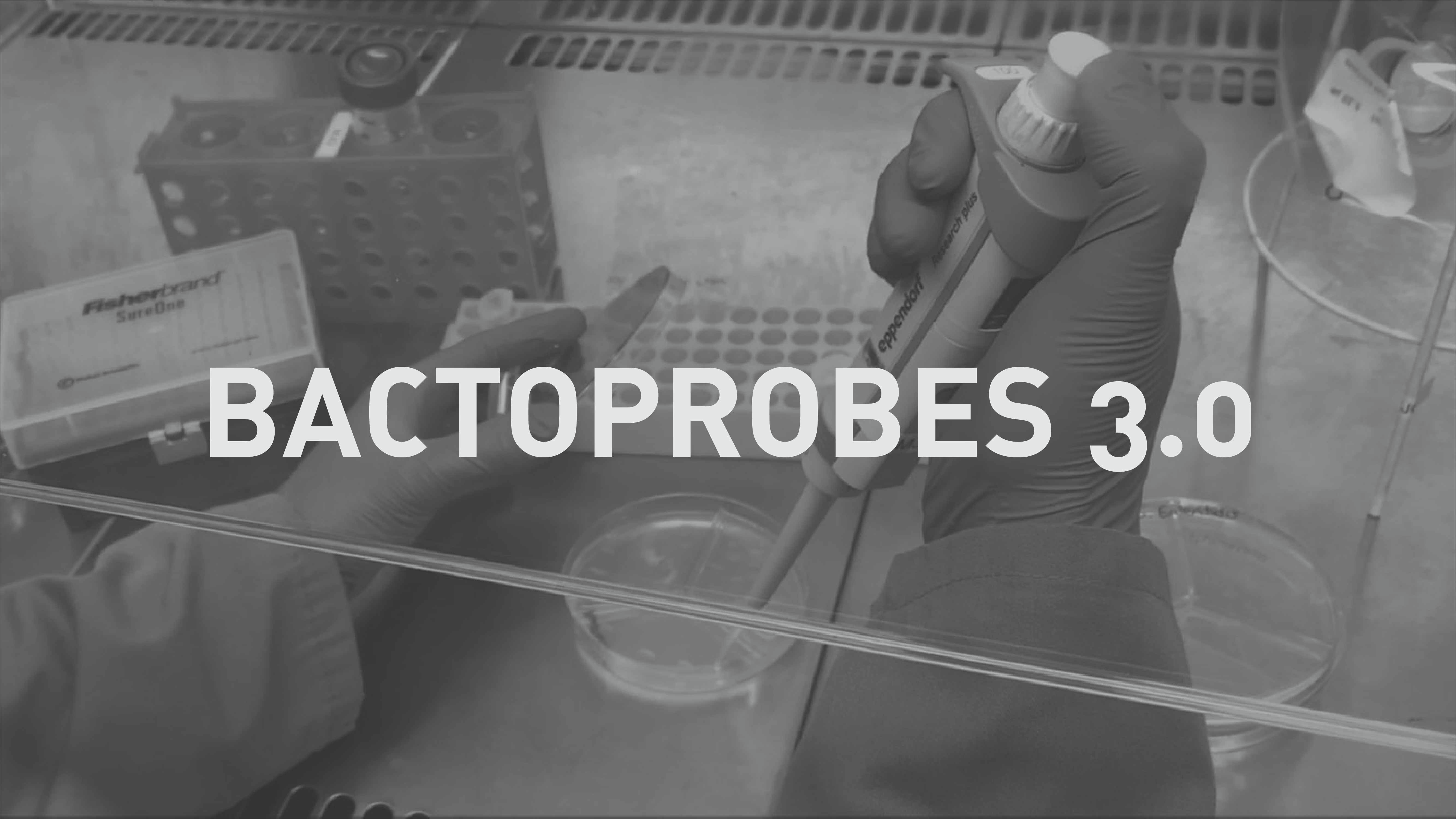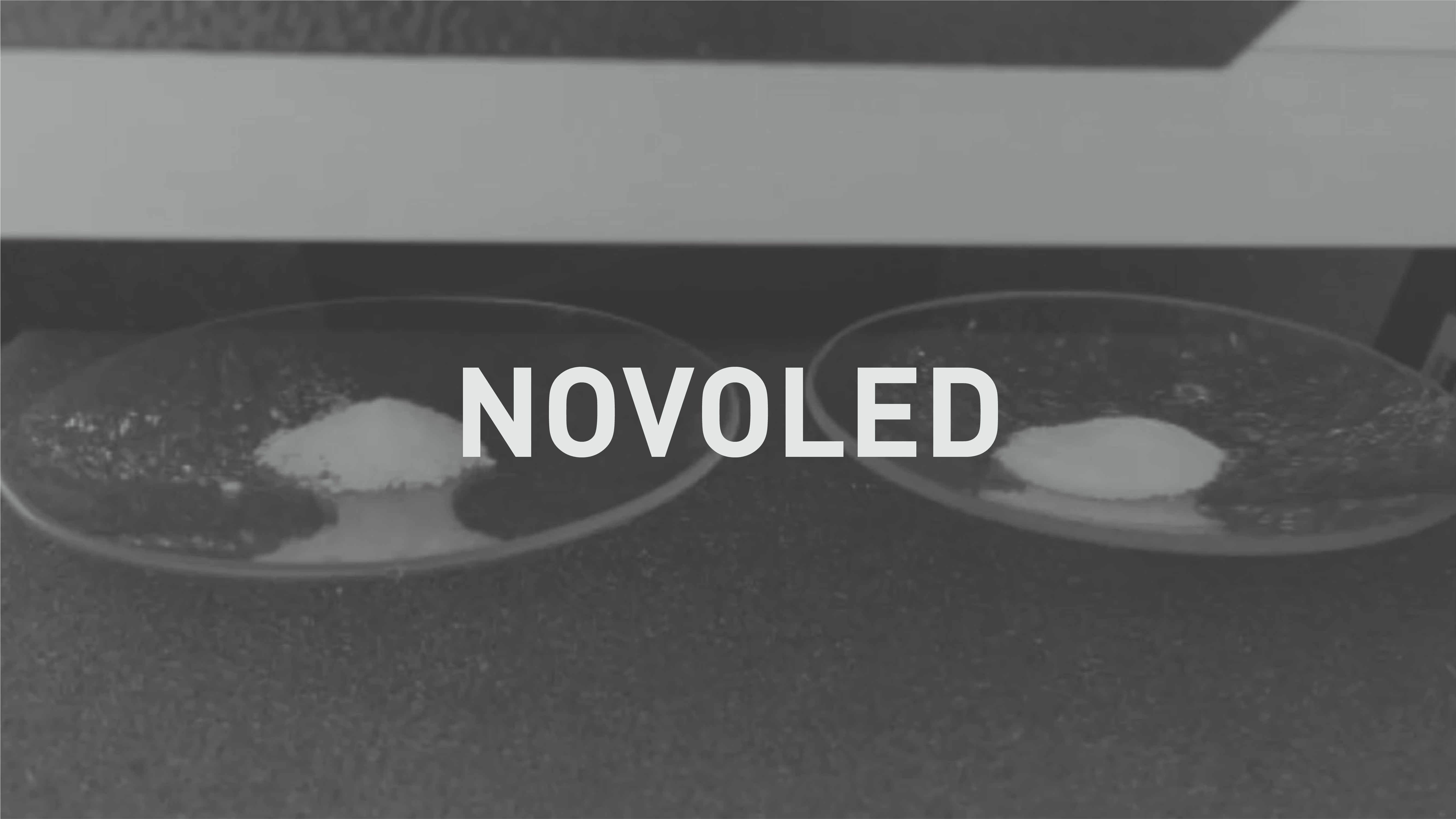Their presence and count can thus be used in clinical practice as an indicator of malignity and disease prognosis. Nevertheless, isolating CTCs in the blood of cancer patients is complex given their low number (on the order of tens of CTCs for every 10ml of blood). Furthermore, existing isolation methods are not specific or they are not compatible with the survival or subsequent expansion of the CTCs.
The development of a CTC isolation system based on using microfluidic devices is proposed as a general goal for this project. Specifically, the proposed system consists of the sequential combination of an isolation method based on inertial forces (inertia module) and another one based on the electric properties of the cells (dielectrophoresis module). Those methods make it possible to isolate CTCs thanks to their physical differences insofar as erythrocytes, platelets, leukocytes and other blood cells. In addition, because the methods are non-lethal for the cells and do not require cell antibody anchoring, the isolated CTCs can be enriched and characterised.
In the first year of the project, the specifications were defined for both isolation stages and the microfluidic devices were designed using numeric simulations.
Lastly, the devices were fabricated using a biocompatible transparent polymer material (PDMS). And validation tests were done with microspheres for the inertia module and with blood cells for the dielectrophoresis module. The preliminary results revealed that, despite being functional, the devices needed to be optimised to properly separate the cells.
With a grounding in the results from prior experiments and the optimisation of the computational models (simulations), in the second year new microfluidic devices have been designed for both isolation stages and new designs and strategies have been created for the dielectrophoresis stage. The work is described in the paragraphs below.
The inertia module has been redesigned and optimised. A cutting diameter with a nine micron separation, the theoretical limit above which the CTCs are found, was defined. To those ends, a user subroutine has been defined that makes it possible to apply and quantify the lift and pull forces on the microspheres. In that way, the trajectory of each one can be followed in an individualised way. Thanks to that subroutine, the output branch configuration of the device could be redefined to encourage microsphere separation by size. To validate the system, after the PDMS devices were fabricated, perspex fluorescent microspheres of different sizes (6, 8, 10, 12, 16 and 20 microns in diameter) were used and the module departures were studied with flow cytometry. The results reveal a 99% isolation efficiency for the 10, 12, 16 and 20 micron spheres, populations above the proposed cut diameter. A contamination of the output sample of 35% of the 8 micron spheres was also observed, but the value is acceptable due to the uncertainty of experimentation and the normal differences between the experimental and physical models. It should be noted that an average value of 4% of the 6 micron spheres in the output sample was only detected in the experimental tests. That figure is significant because it is the estimated size of the erythrocytes, which constitute 95% of all the cells in blood. The module was also tested with rat blood mixed with lines of tumorous cells with satisfactory results. Consequently, in conclusion the proposed design is functional and guarantees a first stage of fast CTC isolation that eliminates the small cells in the sample almost entirely.
The dielectrophoresis module separates the CTCs, using the differences in the electric phenotype of the CTCs in regards to the electric phenotype of the other blood cells. To do that electrodes must be used to generate an electric field that polarises the cells that flow through the microfluidic channel. During the second year, tests were done with different techniques for fabricating the electrodes in search of a compromise between resolution and versatility in fabrication. The electrodes must also guarantee cell viability. To achieve that, it must be assured that there is an isolation layer between them and the channel the cells flow through. After doing different tests, the electrodes have been fabricated using photolithography and the microfluidic channels have been fabricated in PDMS using a replica moulding process. The channels are adhered by plasma bonding to the electrodes to make an integrated device. The integrated devices have been tested using a commercial tumorous line of lung cancer. The preliminary results show that the system is functional, even though some cell loss was observed, which is a critical factor due to the low numbers of CTCs in patient samples. The loss is due to problems with the alignment of the channel in PDMS with the electrodes. Work is still being done on this stage to optimise the dielectrophoresis module.
In the second year, as in the first, the specifications of the final integrated device were taken into consideration in order to adapt the design of the microfluidic stages described above to them. Thanks to that, it has been possible to determine the general dimensions of the connections and inter-module repositories that will be required to guarantee the functionality of the integrated system.
In summary, the results obtained in the two years of the project are promising,
- i) The inertia separation module has been validated with microspheres and rat blood samples mixed with tumour cells and shows high performance.
- ii) The dielectrophoresis module has been validated with tumour cells and its primary weaknesses have been identified so it can be optimised in the future. iii) The dimensions of the elements needed for the final integration of the CTC isolation device have been determined. In this context, and in light of the potential of the proposed tool, we intend to request a continuation of the project to: i) do characterisation tests with human blood and blood of patients with cancer with the inertia module in order to confirm that the devices also work in the clinic ii) optimise the dielectrophoresis module and do characterisation tests with normal human blood and blood of patients with cancer
iii) after the functionality of the two main phases is verified, fabricate an integrated device and validate its clinical usefulness for detecting CTCs in the blood of patients with lung cancer


